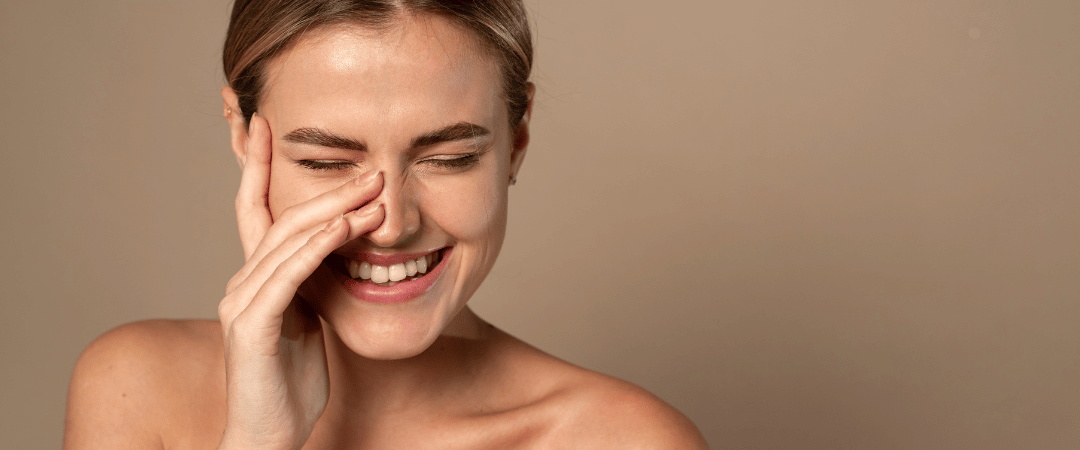When the skin is said to be “purging,” it refers to a temporary process where the skin may experience an initial worsening or increased breakout of acne or other skin issues when starting a new skincare product or treatment. This phenomenon typically occurs when using certain skincare ingredients that enhance cell turnover, regeneration, and help purify the skin below the surface.
10 ingredients that can initiate purging:
- Retinoids: Including retinol, tretinoin, adapalene, and other forms of vitamin A derivatives.
- AHAs (Alpha-Hydroxy Acids): Such as glycolic acid, lactic acid, and mandelic acid.
- BHAs (Beta-Hydroxy Acids): Primarily salicylic acid.
- Chemical exfoliants: Including enzymes like papain and bromelain.
- Vitamin C: Specifically potent vitamin C derivatives like ascorbic acid or L-ascorbic acid.
- Peptides: Certain types of peptides may stimulate cellular turnover, potentially leading to purging.
- Niacinamide: Although rare, some individuals may experience initial breakouts when introducing this ingredient.
- Sulfur: Known for its anti-acne properties, sulfur can occasionally cause purging.
- Benzoyl Peroxide: may cause initial purging.
- Bentonite Clay: in general any detoxifying agents might trigger purging as they draw out impurities from the skin.
During the purging process, the accelerated cell turnover helps bring underlying congestion and impurities to the surface, resulting in increased breakouts or blemishes.
This can be frustrating for individuals who were initially expecting immediate improvements after a treatment or beginning to use a new product. However, it’s important to note that purging is considered a positive sign in the long run, as it suggests that the product is effectively promoting skin renewal and revealing healthier skin underneath.
The duration of the purging phase varies from person to person but typically lasts between a few weeks to a couple of months after beginning a new product or skin care routine, and post professional treatment purging typically lasts 7-10 days.
If the skin continues to worsen beyond that general timeframes or if there are concerns about the severity of the reaction, consult a skincare professional for guidance.
To differentiate between purging and a negative reaction to a product, it’s essential to understand the difference. Purging usually occurs in areas where you most likely experience breakouts, while a negative reaction may cause breakouts or irritation in new areas. Additionally, purging tends to improve over time, whereas a negative reaction would persist or worsen with continued product use.
For guidance on what product fit your skin best click here and take a Selfie Skin Analysis Quiz or email us at natpure@naturepure.com if you need help on finding a specialist near you.

